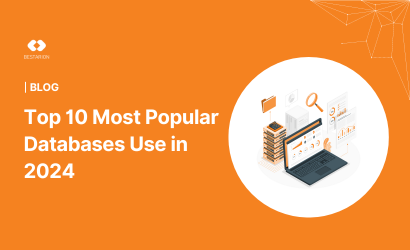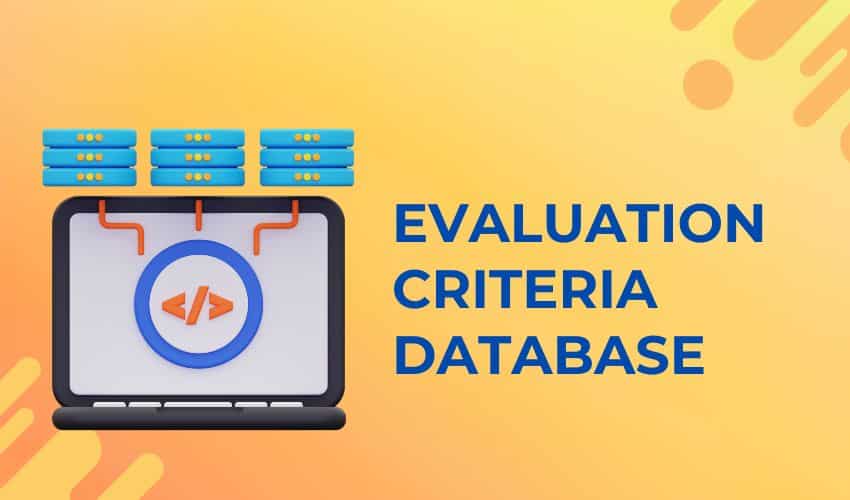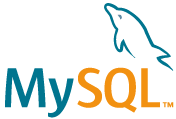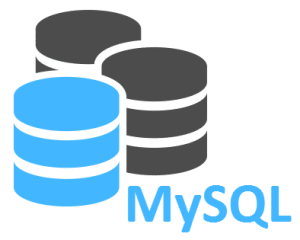Top 10 Most Popular Database Management Systems in 2025


In the ever-evolving landscape of data management, databases play a crucial role in storing, organizing, and retrieving information efficiently. As we approach 2025, the demand for robust and scalable database solutions continues to grow across various industries, especially IT industry.
It’s no surprise that database administrator roles are increasingly in demand in IT, with a yearly growth rate of 9% according to the US Bureau of Labor. With new job opportunities emerging regularly, newcomers often wonder which databases are most widely used in the industry.
From traditional relational databases to modern NoSQL and cloud-native options, the choices are vast and tailored to diverse needs. This article explores the ten most popular databases poised to dominate in 2025, highlighting their features, advantages, and notable use cases.
Key Takeaways:
- Oracle & IBM Db2: suitable for large enterprise applications, high security requirements, HA, multi-model – but very expensive.
- MySQL: popular, cheap, good for web, CMS, but lacks advanced extensions and enterprise.
- PostgreSQL: balance of features, performance, community; very flexible with OLAP, PostGIS extensions.
- MongoDB: reasonable for unstructured data and fast growth, but low DBaaS and ACID costs are limitations.
- Snowflake: leading data analytics, especially in the cloud; but high cost & vendor lock.
- Redis: ideal for caching, real-time messaging; not used as primary DB for important data.
- Elasticsearch: strong for searching and log analysis; used with analytics/search use‑case.
- SQLite: lightweight starter for mobile/embedded applications; not used for large workloads.
Evaluation criteria Database
- Popularity – based on DB‑Engines ranking (search, social, jobs…)
- Scalability – scalability by traffic/data
- Performance – throughput & latency
- Reliability & Durability – ACID, backup, HA assurance
- Feature Richness – data types, queries, extensions
- Ecosystem & Tooling – community, plugins, interfaces
- Cost & Licensing – operating costs, licensing
- Use‑case Suitability – OLTP/OLAP/NoSQL/caching/analytics








